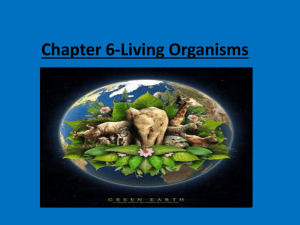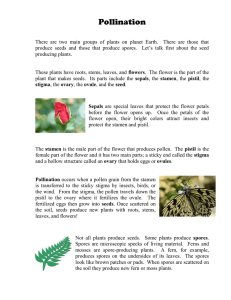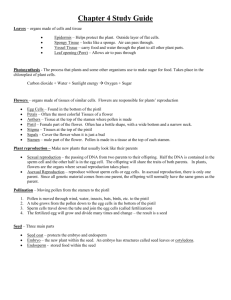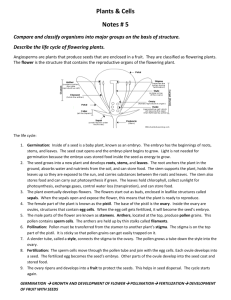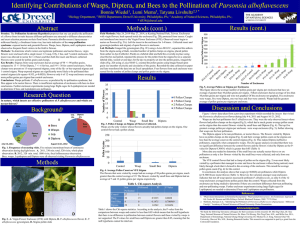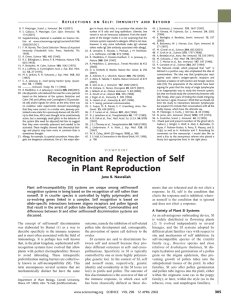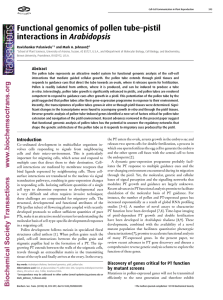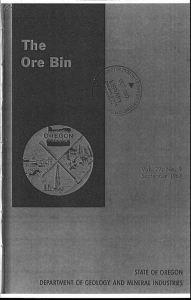Name Date ______ Plant Unit Review About 260,000 species of
advertisement
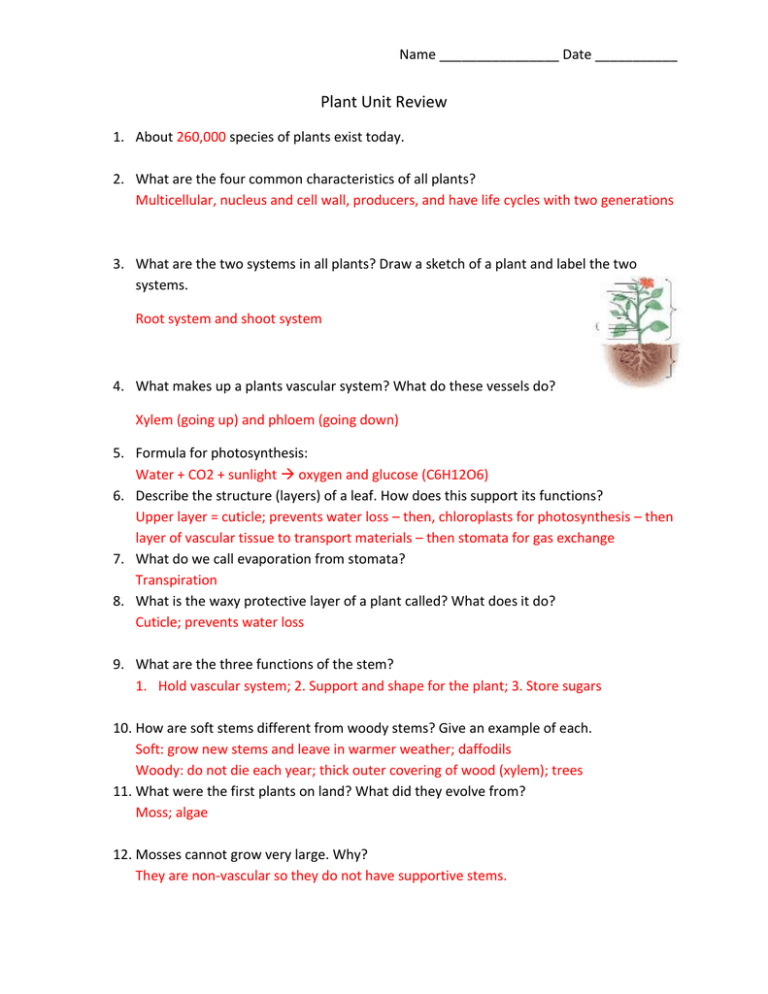
Name ________________ Date ___________ Plant Unit Review 1. About 260,000 species of plants exist today. 2. What are the four common characteristics of all plants? Multicellular, nucleus and cell wall, producers, and have life cycles with two generations 3. What are the two systems in all plants? Draw a sketch of a plant and label the two systems. Root system and shoot system 4. What makes up a plants vascular system? What do these vessels do? Xylem (going up) and phloem (going down) 5. Formula for photosynthesis: Water + CO2 + sunlight oxygen and glucose (C6H12O6) 6. Describe the structure (layers) of a leaf. How does this support its functions? Upper layer = cuticle; prevents water loss – then, chloroplasts for photosynthesis – then layer of vascular tissue to transport materials – then stomata for gas exchange 7. What do we call evaporation from stomata? Transpiration 8. What is the waxy protective layer of a plant called? What does it do? Cuticle; prevents water loss 9. What are the three functions of the stem? 1. Hold vascular system; 2. Support and shape for the plant; 3. Store sugars 10. How are soft stems different from woody stems? Give an example of each. Soft: grow new stems and leave in warmer weather; daffodils Woody: do not die each year; thick outer covering of wood (xylem); trees 11. What were the first plants on land? What did they evolve from? Moss; algae 12. Mosses cannot grow very large. Why? They are non-vascular so they do not have supportive stems. Name ________________ Date ___________ 13. Describe the first and second generation of a moss plant. Include the following terms: sporophyte, gametophyte, haploid, diploid, spore, water. Spores land in the ground and grow into plants known as the first generation; when these spores grow into small stalks, they have small capsules on the end that are known as the second generation. Water is necessary. 14. Describe the first and second generations of a fern plant. Include the following terms: sporophyte, gametophyte, haploid, diploid, frond, spore, water. Spores grow into tiny structures near the ground (first generation). When there is water, the cells fuse together and produce a fertilized egg. This turns into the second generation – a plant with fronds. 15. Name one advantage and one disadvantage of asexual reproduction. Provides less diversity, but allows plants to spread more easily 16. Define the following: a. Seed: young plant in a coat b. Embryo: immature form of an organism that has potential to grow c. Germination: beginning of growth from seed/spore d. Pollination: when pollen grains are attached to the stigma e. Pollen: male reproductive cells in plants f. Gymnosperm: non-flowering plants g. Angiosperm: flowering/fruited plants 17. Compare and contrast spores and seeds. 18. What are two reasons seed plants are more commonly spread than spore plants? Carried by water, wind, and animals; water is not needed for fertilization Name ________________ Date ___________ 19. Describe the life cycle of a pine tree. Male and female cones are produced and contain pollen and egg cells; female cones produce sticky substance to attract pollen; pollen tubes bring male and female cells together; the egg is fertilized and becomes an embryo. 20. What are the four types of gymnosperms? Conifers – cone bearing; Gnetophytes; cycads; ginkgoes 21. How do angiosperms reproduce asexually? Give an example. new shoots grow out of the parent cell; strawberries 22. Describe the life cycle of a cherry tree. The flower is the reproductive structure with both male (stamen) and female (pistil) structures; pollen is released from a plant and lands on the pistil (stigma) of the female structure; pollen tube brings male cell to egg; fertilization occurs and the embryo forms with a seed coat (ovary); fruit may get eaten and seeds could germinate 23. Label the following parts on the picture below, AND give a brief description for each part: stamen, filament, anther, pistil, ovary, stigma, sepals, and petals. 1. sepal: green structures below petals 2. Petal: colorful parts of flowers to attract pollinators 3. Stamen: contains filaments (longer tubes) and anthers (pollen producers) 4. Pistil: contains stigma (at top); style (tube connecting stigma to ovary); and ovary (produces and stores eggs).

